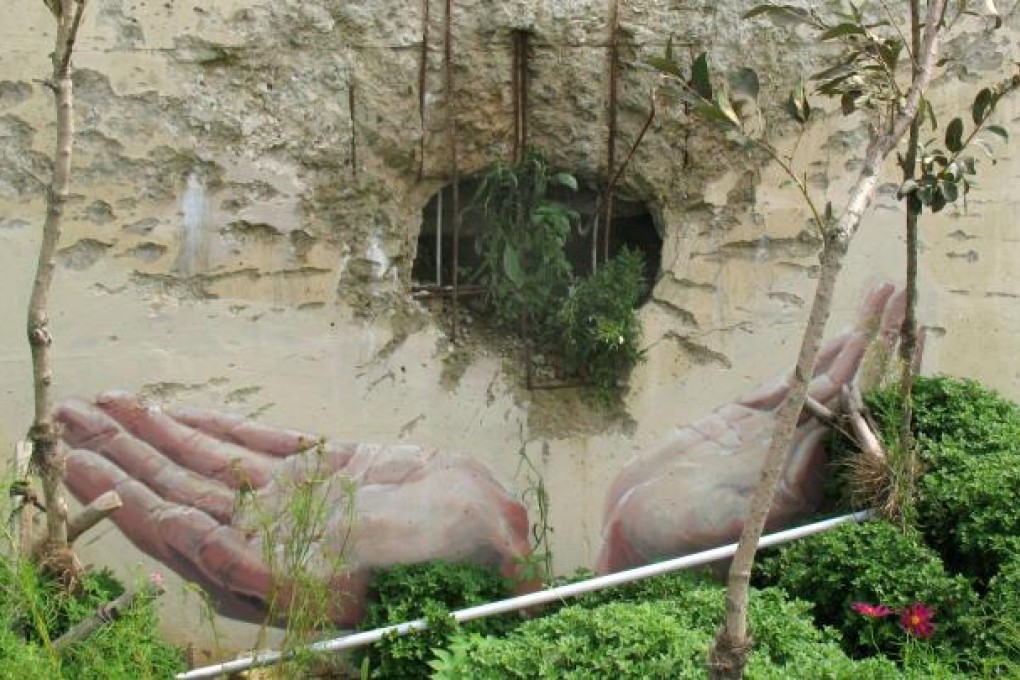Yeonpyeong islanders remain defiant, two years after North Korean attack
Nearly two years after North Korea's deadly onslaught left Yeonpyeong reeling, residents refuse to leave despite being outnumbered by military

If war ever breaks out in Northeast Asia, a fair bet for ground zero is the small South Korean island of Yeonpyeong.
Lying just 12 kilometres off the coast of North Korea, it was the target two years ago of the first North Korean artillery strike since the 1950-1953 Korean War.
Today, its garrison is digging in deep and residents of the 17- square-kilometre island are determined to stay on - whatever the risk.
"People living here have been here 60 years, on average," Kang Myung-song, 67, the president of the island's residents' community told visiting reporters last week. "People don't want to leave. It's our hometown."
Kang remembers the events of November 23, 2010, like yesterday. "There was an unbelievable noise - deafening, indescribable, a noise I'd never heard before," he said. "I saw smoke and ran for the shelter."
Another resident, 83-year-old Kim Yoo-sung, was stunned when every window and door of his house suddenly blew in.